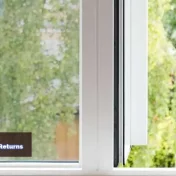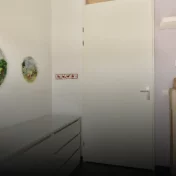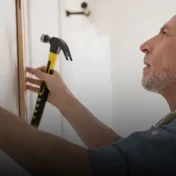Have you ever found yourself wondering if replacing those age-old plaster walls in your home with modern drywall is a worthwhile venture?
As someone who has navigated the complexitiesof home renovations, I understand the urge to modernize while grappling with the potential costs and benefits.
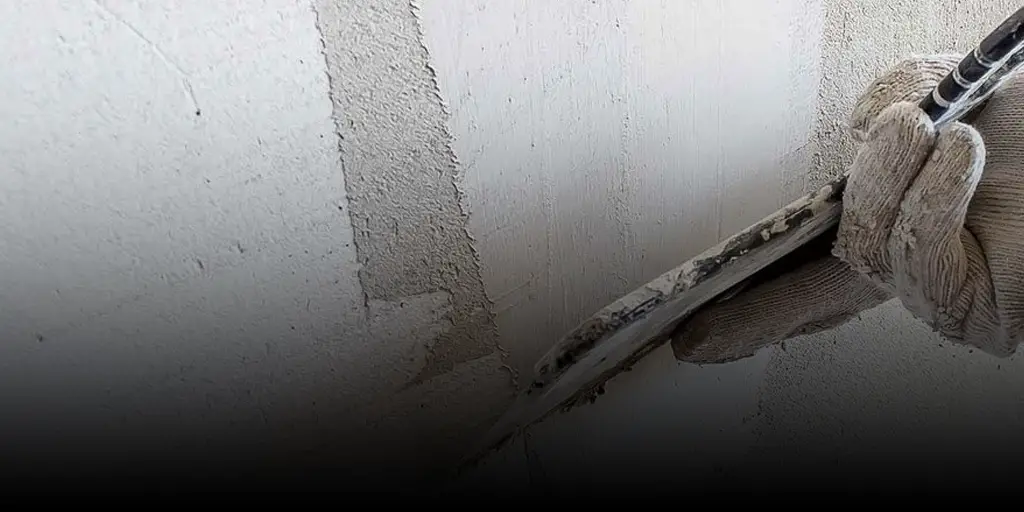
In this detailed exploration, we’ll delve into the nuances of making this significant decision, offering you a blend of practical advice, personal experience, and professional insights.
Knowing Your Plaster Walls: Pros and Cons
Pros of Plaster Walls:
- Durability: Plaster is known for its robustness and longevity.
- Sound Insulation: These walls offer superior soundproofing compared to drywall.
- Temperature Regulation: Plaster’s thickness aids in better temperature insulation.
- Aesthetic Appeal: In many older homes, plaster walls add a touch of historical charm.
Cons of Plaster Walls:
- Maintenance Challenges: Plaster can be prone to cracking and crumbling over time.
- Difficulty in Modifications: Finding studs or making changes can be a tedious process.
- Insurance Costs: Due to their nature, plaster walls can sometimes increase home insurance premiums.
Understanding these factors is crucial in making an informed decision about whether to retain these walls or opt for drywall.
Financial Considerations: Costs of Replacement
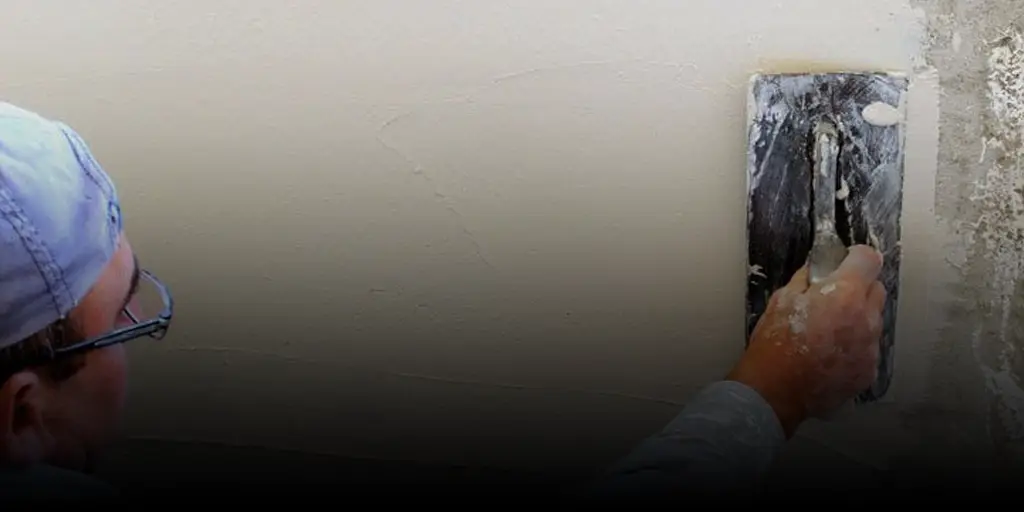
Replacing plaster walls with drywall is not just a matter of preference but also a significant financial decision. The costs can be broken down as follows:
- Removal of Plaster: Approximately $1 per square foot.
- Installation of Drywall: Around $2 per square foot.
- Painting Costs: An estimated $3.50 per square foot.
Example Calculation:
For a 1600 square foot home with an estimated 2976 square feet of wall space, the total cost at $6.50 per square foot would be around $19,344.
This estimate does not include additional costs like molding reinstallation or asbestos removal, which are common in older homes.
It’s vital to consider these expenses thoroughly, as they can significantly impact your budget.
DIY Aspects: What You Need to Know
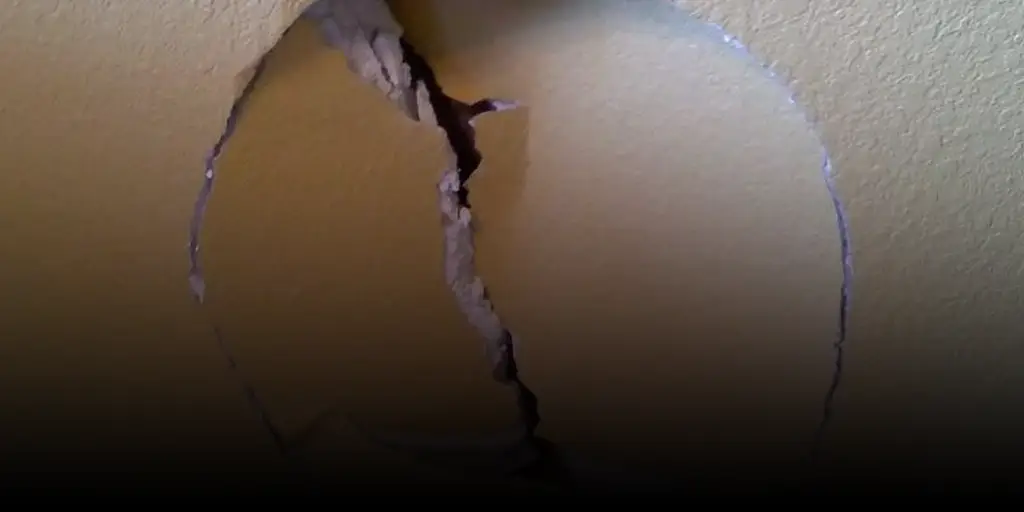
Embarking on a DIY journey to replace plaster walls with drywall can be both challenging and rewarding. Here are some critical considerations:
- Skill Level: Hanging drywall requires precision, especially in older homes where walls may not be perfectly level.
- Time Commitment: This is not a weekend project. Expect to invest a substantial amount of time, especially if handling demolition and painting yourself.
- Potential Surprises: Old houses can reveal unexpected issues, such as asbestos or irregular framing, which can complicate the process.
- Cost vs. Time: While doing it yourself can save money, it’s important to weigh this against the time and effort required.
Personal Experience:
As someone who has tackled DIY projects, including a kitchen remodel and hardwood floor refinishing, I can attest to the challenges of working with plaster. It’s a task thatdemands patience, skill, and a readiness for unexpected hurdles.
Innovative Alternatives to Replacement
If replacing plaster walls is not feasible or desirable, consider these creative alternatives:
- Wallpaper: A great way to hide imperfections and cracks. Opt for removable wallpaper for flexibility.
- Fabric Covering: Using a water/starch mixture, fabrics like burlap can be attached to walls, adding texture and covering flaws.
- Wall Features: Installations like pegboard in a laundry room or a geometric wood feature wall can add character while disguising plaster imperfections.
These options provide a way to refresh your space without the extensive costs and labor of replacing plaster with drywall.
People Who Want to Read This Article: Drywall vs. Wood Window Returns
Strategic Situations for Drywall Replacement
There are scenarios where replacing plaster with drywall is a strategic move:
- Extensive Renovations: If you’re already undertaking major plumbing or electrical upgrades, it makes sense to replace walls with drywall.
- Cost-Effectiveness: In these situations, since walls are being removed anyway, drywall installation becomes more cost-effective than replastering.
- Modernization: For very old homes that haven’t seen updates in decades, installing drywall can modernize and add value to the property.
In these cases, drywall replacement aligns well with broader renovation goals and can be a practical choice.
Conclusion: Weighing Your Options
Deciding between keeping plaster walls or switching to drywall is not just about aesthetics or historical value; it’s a multifaceted decision involving costs, effort, and potential benefits.
While plaster walls have their charm and benefits, drywall offers a modern, smoother finish and easier maintenance.
Weigh your options, consider your budget, and assess your DIY skills before making a decision. Remember, each home is unique, and what works for one may not suit another.

